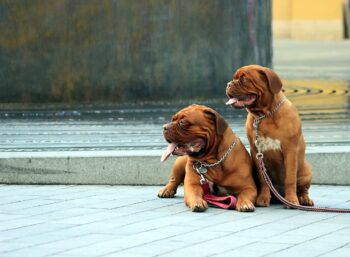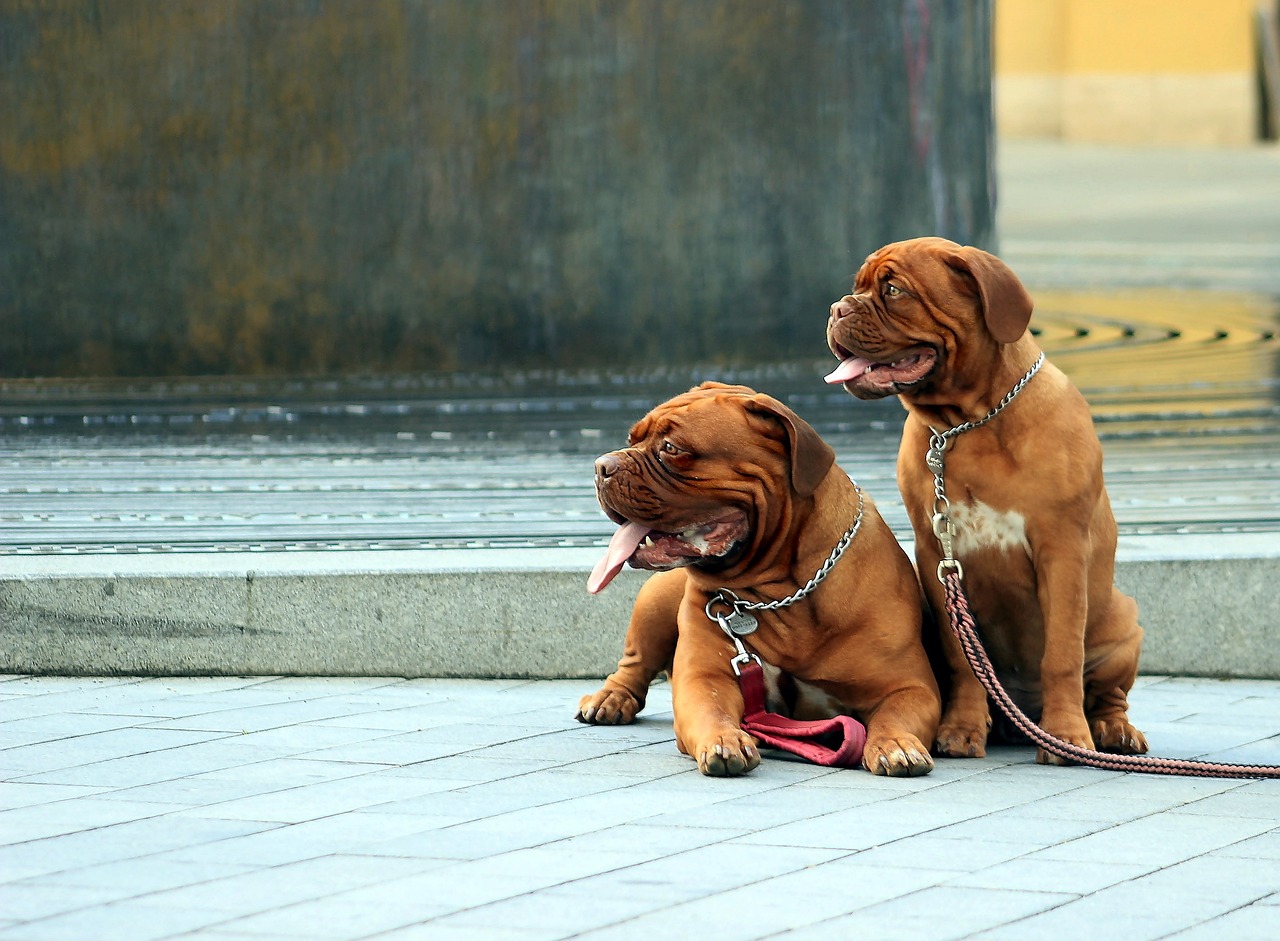
Dogue de Bordeaux, also known as French Mastiffs, are revered for their impressive physique, expressive faces, and loyal nature. But there’s more to this breed than what’s commonly known. Here are seven intriguing facts about the Dogue de Bordeaux that even seasoned dog enthusiasts may find surprising.

-
Ancient Lineage
The Dogue de Bordeaux is believed to be one of the most ancient French breeds. Their origins can be traced back to the 14th century, possibly earlier, long before many modern breeds were established. They’re considered direct descendants of the Molosser dogs of the ancient world, renowned for their strength and courage.
-
Versatile Workers
Throughout history, Dogue de Bordeaux has been put to work in a variety of roles, displaying their adaptability and versatility. They’ve been used for everything from pulling carts, guarding flocks, and protecting castles to baiting bulls and hunting boars. Their strength and tenacity made them well-suited to these demanding tasks.
-
Came Close to Extinction
The Dogue de Bordeaux breed came perilously close to extinction twice in its history. The first was during the French Revolution when many were killed due to their association with the aristocracy. The second was during World War II, due to food shortages and general hardship. The breed was carefully brought back each time, a testament to their resilience and the dedication of their human advocates.
-
Film Star Debut
The Dogue de Bordeaux may not be as instantly recognizable as some breeds, but it had a memorable Hollywood debut. In the 1989 film “Turner & Hooch,” a Dogue de Bordeaux named Beasley starred alongside Tom Hanks. The movie significantly boosted the breed’s popularity in the United States.
-
A Late Bloomer
Unlike smaller breeds that mature more quickly, the Dogue de Bordeaux is a bit of a late bloomer. It can take anywhere between two to three years for a Dogue de Bordeaux to reach full maturity. During this time, careful feeding and exercise are necessary to prevent skeletal and joint problems.
-
A Spectrum of Mask Colors
One distinctive feature of the Dogue de Bordeaux is their mask, the coloration on their face. What many people don’t know is that these masks can come in a spectrum of colors. The breed standard recognizes black masks and brown or “red” masks, but the mask can also be lighter or nearly the same color as the coat, especially in dogs from European lines.
-
Fewer Puppies
Dogue de Bordeaux tends to have smaller litters compared to other breeds. On average, a Dogue de Bordeaux will give birth to three to eight puppies. They also require more human assistance during birth due to their large heads and relatively narrow birth canals, often necessitating cesarean sections.
In conclusion, the Dogue de Bordeaux, celebrated for their strength, loyalty, and striking looks, has a rich history and a wealth of lesser-known facts. From their ancient lineage and diverse work history to their brush with extinction, late maturity, and film star status, these aspects add depth to our understanding of this remarkable breed. Their distinct mask coloration and smaller litter sizes provide further intrigue. Whether you’re a proud Dogue de Bordeaux owner or simply a dog lover, these unexpected facts should deepen your appreciation for these magnificent French Mastiffs.
The post 7 Facts About Dogue de Bordeaux You Probably Didn’t Know appeared first on iHeartDogs.com.
via Whisker Therapy